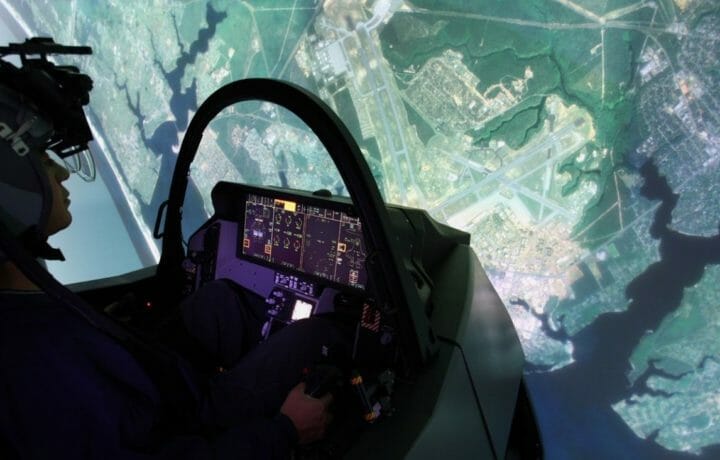Sometimes incorporating gaming in national security training requires a new program, complete with a full development lifecycle. However, as the market for commercial gaming continues to extend its reach, the products that support the defense and military industry need to grow even more. Reducing the time to build and meet user requirements is a key component in growing capabilities with faster timelines and reduced price tags. Frost & Sullivan’s recent analysis of the defense and simulation market shows that game engineers in the defense industry heavily use commercial gaming. Additionally, the use of game engines in defense have been on the rise.
Virtual Options On the Rise for Training
Clark added: “With global tensions on the rise, the use of virtual elements will decrease physical presence in areas of high tension and reduce the possibility of escalation. Evolving trends such as the focus on asymmetric and hybrid warfare, the need for deployable training solutions, and rising momentum of operational deployment will further fuel the demand for portable and customized defense T&S solutions.”
Exhibit A: F-35 Training
We see it with all the chatter about funding for programs. For example, the F-35 joint strike fighter program is looking at reducing live training for pilots and instead, increasing use of simulators as a way to reduce the sustainment costs. With the Air Force, Navy, and Marine Corps all flying the F-35, cost is on the front of everyone’s minds.




